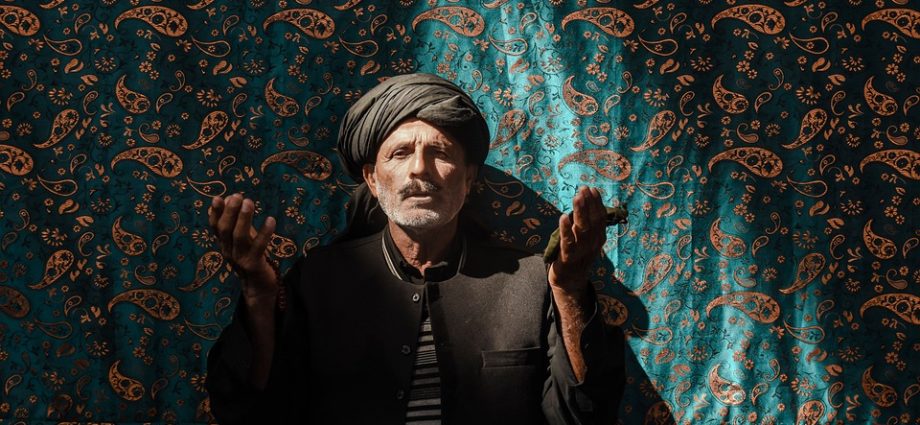Navigating the Political Landscape of Pakistan: A Journey through its History, Culture and Tourism
Pakistan, a land rich in history, culture and scenic beauty, has been making headlines for the last few decades because of its political instability, terrorism and economic difficulties. However, despite challenges, the country has been experiencing a gradual improvement in its overall security, economy and tourism. This travel article will guide you through navigating the political landscape of Pakistan, its cultural and historical landmarks, and help you plan a trip to this amazing country.
History and Politics of Pakistan
Pakistan was created in 1947, following the partition of India by the British. The country has gone through various political ups and downs, and military and democratic governments have alternated throughout its history. However, since the 1980s, Pakistan has been experiencing political instability and social upheavals due to terrorism, sectarianism, corruption and economic difficulties. The country has been in a state of war against terrorism for the last two decades, and the political landscape has been affected by the involvement of the military in governance and the rise of religious extremism.
Although Pakistan has been facing significant political and social challenges, the country has also been making strides towards democracy, economic growth and peace. Pakistan has a vibrant civil society, a free media, and a judiciary that is asserting its independence. In recent years, there have been some positive developments in the country’s political landscape, which are contributing to improving the security situation.
Culture and Heritage of Pakistan
Pakistan is known for its rich cultural heritage, which reflects the country’s diversity, history, and influences from various civilizations. Pakistani culture is a blend of Islamic, Arab, Persian, Turkic, and South Asian traditions. Pakistan has a multi-ethnic society, with diverse languages, customs, and traditions. The country has a proud heritage of literature, music, art, and handicrafts, which are reflective of its local culture.
Some of the most popular cultural landmarks of Pakistan include the historical sites of Mohenjo-Daro and Harappa – remnants of the ancient Indus Valley Civilization – the Mughal-era forts and palaces of Lahore and Islamabad, the Sufi shrines of Sindh – home to some of the most famous Qawwali singers in the world – and the intricate handicrafts and embroidery of Khyber Pakhtunkhwa and Balochistan.
Tourism in Pakistan
Pakistan has been gaining popularity as a tourist destination in recent years, primarily due to its natural beauty, cultural heritage, and adventure tourism opportunities. The country has a diverse landscape, ranging from the towering peaks of the Himalayas and Karakoram to the stunning turquoise waters of the Arabian Sea. Some of the most popular tourist destinations in Pakistan include the following:
1. Hunza Valley – known for its spectacular scenery, traditional architecture, and hospitable people.
2. Swat Valley – famous for its lush green valleys, gushing rivers, and archaeological sites.
3. Lahore – the cultural capital of Pakistan, known for its historical landmarks, heritage sites, and food.
4. Islamabad – the modern capital of Pakistan, known for its lush greenery, parks, and museums.
5. Karachi – the economic hub of Pakistan, known for its beaches, nightlife, food, and urban culture.
6. Kaghan Valley – a popular summer retreat, known for its fresh air, waterfalls, and glaciers.
7. Kalash Valley – located in the Hindu Kush mountains, home to the unique Kalash people and their traditional customs.
8. Shandur Pass – the highest polo ground in the world, located in the Chitral district.
9. Gilgit-Baltistan – a region known for its scenic beauty and adventure sports opportunities, such as trekking, mountaineering, and skiing.
10. Coastal areas – the Arabian Sea is one of the most beautiful coasts in the world, with stunning beaches, coral reefs, and marine life.
Navigating the Political Landscape of Pakistan: FAQs
1. Is Pakistan safe for tourists?
Pakistan has been experiencing a gradual improvement in its security situation. However, the country still faces some security challenges, and tourists need to take necessary precautions, such as avoiding crowded places, following security alerts, and seeking advice from local authorities and their embassies.
2. What is the best time to visit Pakistan?
The best time to visit Pakistan is from October to May when the weather is pleasant and there are fewer chances of rain.
3. What is the local currency of Pakistan?
The local currency of Pakistan is the Pakistani Rupee.
4. What is the official language of Pakistan?
The official language of Pakistan is Urdu. However, English is also widely spoken and understood.
5. Is it necessary to obtain a visa to visit Pakistan?
Yes, it is necessary to obtain a visa to visit Pakistan, and visitors need to follow the visa requirements set by the Pakistani government.
Conclusion
Navigating the political landscape of Pakistan can be a challenging but rewarding experience. Despite the challenges, the country has a rich cultural heritage and stunning natural beauty, which draws tourists from around the world. Pakistan is gradually overcoming its security challenges, and its tourism industry is rapidly growing, making it an exciting destination for those who want to explore the country’s history, culture, and adventure tourism opportunities. With proper planning, preparation, and taking necessary precautions, tourists can enjoy a memorable journey through Pakistan’s political landscape.
